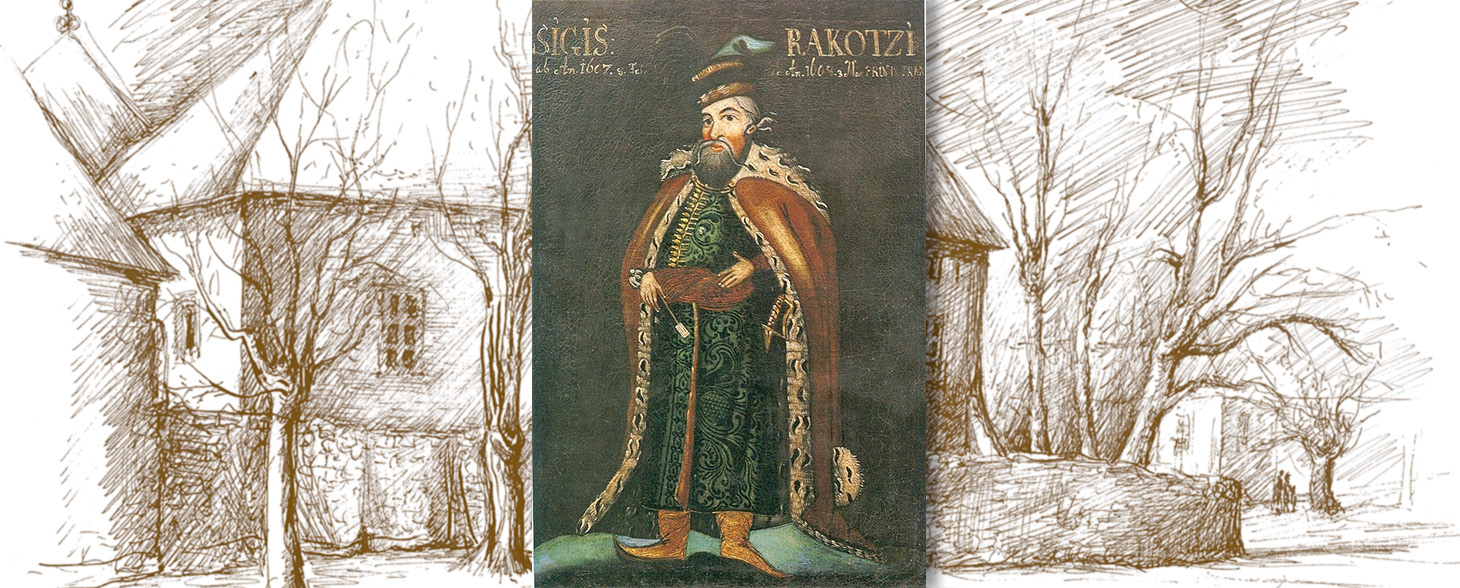
Rákóczi Castle
The building, built at the end of the 16th century, is the youngest castle in Borsod-Abaúj-Zemplén county. Its history is inseparable from the city’s past. The Szerencs region, called the Gate of Hegyalja, was the property of the Bogát-Radvány family in the 13th century, who founded a Benedictine abbey on one of the prominent heights of the wetland.
At the end of the 15th century, the thriving market town was already owned by the Szapolyai noble family. In 1556, Ferenc Németi, a Transylvanian pro-Transylvania, occupied his Benedictine abbey with armed force and strengthened it into a stronghold against the Habsburg faithful. The stone walls of the abbey were supplemented by a large castle with an outer castle surrounded by a plank wall, where light-armed hussars were stationed.
In 1565, after the successful conquest of the much stronger Tokaj Castle, Schwendi marched with his mercenaries with the mercenaries of the Imperial General, to whose news the guards had fled. According to contemporary data, Emperor Rudolf Habsburg and the king pledged the castle estate for 9,160 forints to Zsigmond Rákóczi, the castle captain of Szendrő, who remodeled it in the Renaissance style. The outer castle was protected by polygonal bastions, the inner castle was transformed into a closed, three-story, inner courtyard block.
It is worth flipping through a 1635 census {urbarium} about the Fortress Castle, according to which cannons, 50 rifles and 11 smaller cannons were piled up on the outer bastions of the armory.In 1644, the troops of Miklós Esterházy, a palatine, stormed and vandalized Szerencs, which was first given up by the officer of the landlord László Rákóczi. Then the border fortress, which later became the property of Rákóczi again, no longer represented greater military value. It was occupied by imperial mercenaries in retaliation for the Wesselényi conspiracy of 1670. In the second half of the 18th century, the three towers of the inner castle were demolished, leaving only the south tower. A II. In the more peaceful centuries after the Kuruc war of independence led by Ferenc Rákóczi, the Illésházy, Grassalkovich and Szirmay families also owned it, transforming the defenses that had once seen bloody battles into comfortable residential buildings.
(Source: http://szerencsivar.com )

Zsigmond Rákóczi
Sigismund Rákóczi (Hungarian: Rákóczi Zsigmond; 1544 – 5 December 1608) was Prince of Transylvania from 1607 to 1608. He was the son of János Rákóczi, a lesser nobleman with estates in Upper Hungary. Sigismund began a military career as the sword-bearer of the wealthy Gábor Perényi in Sárospatak. After Perényi died in 1567, Sigismund served in the royal fortresses of Eger and Szendrő. The royal chamber mortgaged him several estates to compensate him for unpaid salaries. He received Szerencs in 1580, which enabled him to engage in the lucrative Tokaji wine trade. He took possession of the large estates of András Mágóchy's minor sons as their guardian, and the second husband of their mother Judit Alaghy, in 1587.
Sigismund was made the captain of the important stronghold of Eger on 29 June 1588. Rudolph I, King of Hungary, granted him the title of baron on 28 August. Sigismund rose to fame after he routed the united forces of three Ottoman beys (captains) near Szikszó on 8 October. He also helped the Calvinist pastor, Gáspár Károli, publish the Hungarian translation of the Bible (the so-called Vizsoly Bible). He renounced the captaincy in 1590 or 1591 because the royal treasury had not provided enough funds to finance the management of the fortress. Sigismund was a successful commander of the royal army during the first decade of the Long Turkish War, which broke out in 1593.
He continued to provide loans to the royal treasury which enabled him to seize new estates, but these were frequently pillaged both by Tatar marauders or unpaid mercenaries, especially after 1599. The royal chamber made attempts to seize his estates after 1602. Sigismund, who was suffering from an attack of gout, withdrew to his domains along the Polish-Hungarian border. After Stephen Bocskai rose up against Rudolph I in October 1604. Sigismund tried to mediate a reconciliation, but six months later he joined Bocskai who made him governor of Transylvania with limited authority on 14 August 1606.
Although Bocskai named Bálint Drugeth (Sigismund's former son-in-law) his successor in his last will, the Diet of Transylvania elected Sigismund prince on 12 February 1607. Drugeth abandoned his claim to Transylvania, but Gabriel Báthory (who was related to former princes) secured the support of the Hajdús (irregular soldiers) against Sigismund for himself. To avoid a new civil war, Sigismund abdicated in favor of Báthory on 5 March 1608. Sigismund returned to Upper Hungary and tried to seize command of the royal army in the region, but he died. His acquisition of large estates made his descendants the wealthiest magnates of Royal Hungary.
(Source: https://en.wikipedia.org/wiki/Sigismund_Rákóczi)

 Deutsch (Deutschland)
Deutsch (Deutschland)  Magyar
Magyar  English (United Kingdom)
English (United Kingdom) 
